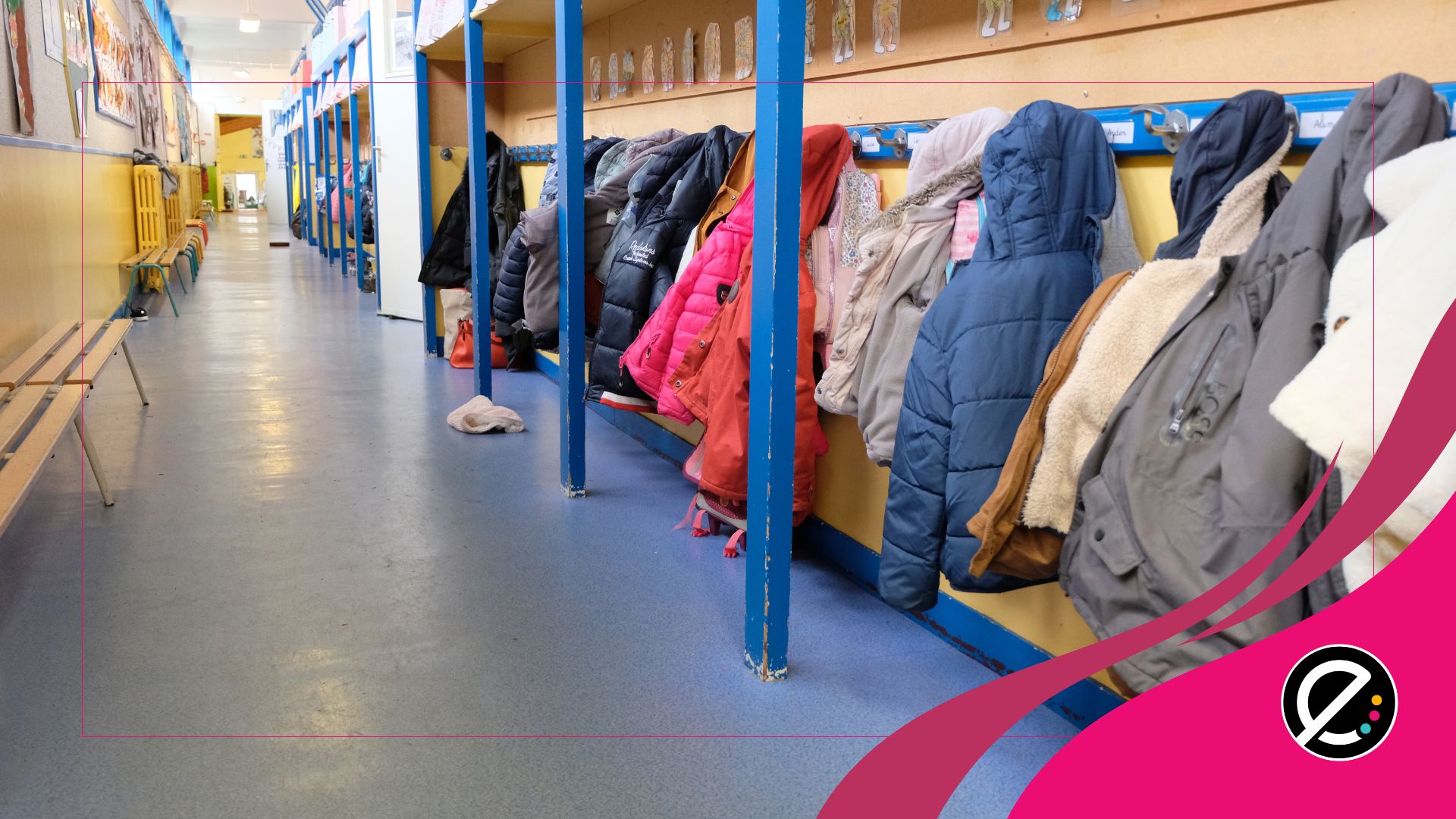(Suite d’hier) Dans son intégration de l’approche orientante, l’école secondaire Otapi fait le constat que les projets d’une grande ampleur séduisent, mais ne sont pas gages de succès. Retour sur deux cas vécus et leurs résultats. Aujourd’hui, une piste d’hébertisme conçue, mais pas réalisée.
(Voir le premier article ici.)
Le second exemple de projet mené selon l’approche orientante à l’école secondaire Otapi était en contrepartie beaucoup plus long et complexe. Durant une année scolaire complète, des élèves de 5e secondaire ont travaillé à la réalisation d’une piste d’hébertisme. Pour ce faire, les enseignants de français, de mathématiques, d’histoire, de science et technologie et de menuiserie ont combiné leurs efforts à différents niveaux. En français, les élèves ont rédigé une demande à la direction du village pour obtenir du financement, ainsi qu’une autre pour déterminer l’endroit approprié à l’installation de leur piste. En mathématiques, ils ont calculé les matériaux et les quantités nécessaires au projet. En histoire, ils ont effectué des recherches pour connaître les origines de l’hébertisme. En science et technologie, ils ont exploré les différentes avenues pour que la piste soit le moins dommageable possible pour l’environnement. Puis, en menuiserie, ils devaient réaliser ladite piste.
Ce projet d’une très grande ampleur n’a cependant pu aboutir, faute de temps. Seules les étapes préalables à la construction de la piste ont pu être effectuées car, trop souvent, des problèmes de coordination ont retardé les étapes subséquentes. Par le fait même, les résultats demeurent mitigés, résume une enseignante ayant participé au projet. « C’est dommage que rien de tout ça ne soit visible aujourd’hui. Nous avons travaillé fort pour réaliser ce projet, pour les élèves. Tout ça n’a pas été fait en vain, mais il y aura toujours un bémol car des compétences n’ont pu pas être valorisées à leur mieux.
L’importance du leadership
En réalité, la clé du succès avec l’approche orientante est la présence de leadership à l’intérieur de l’établissement scolaire, qu’il s’agisse d’un enseignant ou d’un superviseur pédagogique. Certes, la durée et l’ampleur du projet sont des éléments importants à considérer, mais le rôle du meneur est crucial. Comme le note Dominic Leblanc, conseiller pédagogique dans la région de Lanaudière, « le leader est celui qui coordonne l’ensemble du projet. Sans lui, chaque enseignant fait son bout de chemin de façon isolée, et il est parfois difficile de lier tous les éléments ensemble. Ceci peut entraîner des pertes de temps inutiles. Le leader assurera la communication entre les enseignants de chaque discipline et favorisera ainsi la réussite entière du projet. Les élèves se sentiront alors d’autant plus valorisés, ce qui est un élément essentiel de l’approche orientante. »
Dans votre milieu, avez-vous des exemples de projets réalisés selon l’approche orientante qui ont été des succès? D’autres qui présentent des défis pour être réalisables? N’hésitez pas à participer à l’aide du module de commentaires plus bas.
NDLR : À surveiller : Colloque sur l’Approche Orientante : 26, 27 et 28 mars 2014 au Hilton Québec






